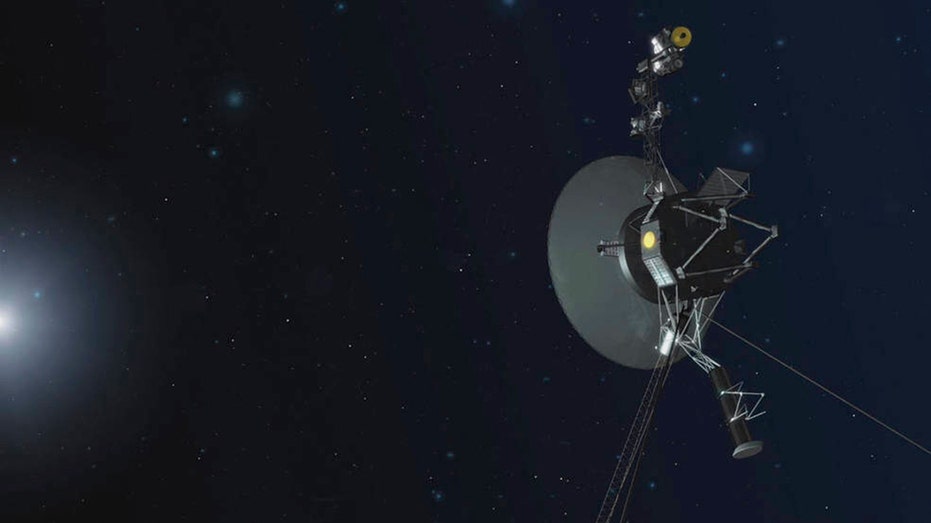
Navigating the Cosmos: NASA Reconnects with Voyager 1 After Decades of Silence
Navigating the vast emptiness of space, NASA has successfully re-established communication with its iconic Voyager 1 spacecraft, which lies over 15 billion miles from Earth. This remarkable feat was achieved using a frequency that had not been utilized for over forty years, showcasing the ingenuity and resilience of the mission team.
Challenges in Communication
Communication with Voyager 1 has faced intermittent challenges. The spacecraft ceased sending readable data back to NASA’s Jet Propulsion Laboratory on November 14, 2023. It wasn’t until April that mission controllers were able to begin issuing commands to the craft once more.
The situation escalated when Voyager 1 deactivated one of its two transmitters, a decision triggered by its fault protection system. This onboard safeguard automatically activates in response to power supply issues, conserving energy by shutting down non-essential systems.
Understanding the Fault Protection System
The fault protection system is designed to maintain the spacecraft’s functionality under duress. For example, if Voyager 1 detects excessive power consumption, it initiates measures to preserve energy, which can inadvertently affect communication capabilities.
On October 16, engineers sent a command to activate one of Voyager 1’s heaters. Given the vast distance, signals take nearly 23 hours to reach the spacecraft, followed by another 23 hours for the response to return to Earth. Despite expectations of ample power for operations, the fault protection system was activated, leading to a communication lapse.
Locating the Signal
By October 18, the mission team was alerted to the communication issue when the Deep Space Network could not detect Voyager 1’s signal. The spacecraft typically communicates through an X-band radio transmitter, a system that struggled due to the changes triggered by the fault protection.
Upon locating the signal, it became clear that Voyager 1 was stable, prompting further investigation. However, communication was entirely lost again by October 19, with the fault protection system activating twice more, leading the spacecraft to switch to a secondary transmitter known as the S-band, which consumes less power.
History in the Making: Voyager 1’s Return to Contact
This marked the first use of the S-band for communication with Earth since 1981. Engineers from the Deep Space Network successfully detected signals from the S-band, allowing them to confirm its functionality on October 22 without risking the reactivation of the X-band until they understood the cause of the earlier issues.
Currently, the team is focused on analyzing the data to ascertain what triggered the fault protection system, with the ultimate goal of returning Voyager 1 to its regular operational state.
A Journey Through Time and Space
Voyager 1’s journey began in 1977, when it was launched alongside its twin, Voyager 2, on a mission to explore the gas giants of our solar system. The spacecraft has since transmitted stunning images of Jupiter’s Great Red Spot and Saturn’s magnificent rings. While Voyager 2 ventured on to Uranus and Neptune, Voyager 1 used Saturn’s gravity to propel itself past Pluto, embarking on a journey that continues to provide invaluable insights into our cosmic environment.
As NASA works diligently to restore full communication with Voyager 1, the mission stands as a testament to human curiosity and the relentless pursuit of knowledge beyond our planet.
